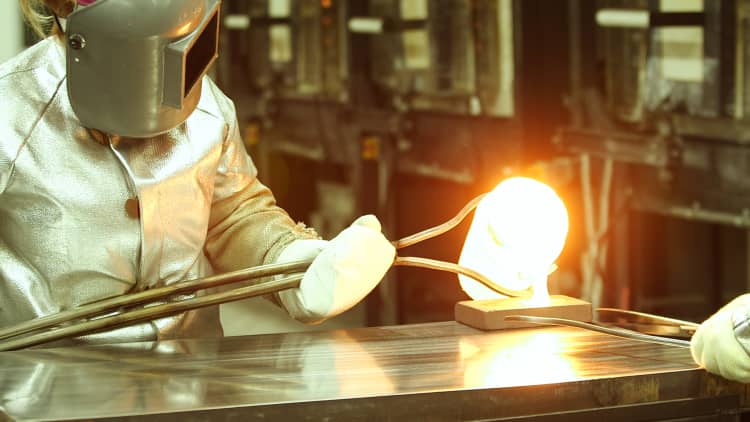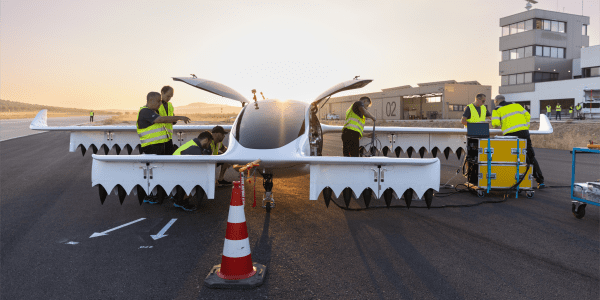Every time you touch your phone, you are likely touching glass made by Corning, which creates some of the toughest glass in the world. Corning has been making glass for smartphones for years, even as far back as the first iPhone in 2007. Just last year, Apple invested $200 million in the company’s R&D branch.
Now, Corning is releasing its newest product: Gorilla Glass 6.
"Gorilla Glass 6 not only survives higher drop heights than Gorilla Glass 5, but also survives repeated drops," said John Bayne, vice president and general manager of Corning Gorilla Glass. "We did a recent survey and people are dropping their phones roughly seven times a year. And the majority of these drops are occurring at one meter. So in our lab tests, we dropped Gorilla Glass 6 on a test vehicle repeatedly, and it survived up to 15 times, which was twice the survival rate of Gorilla Glass 5. And when we look at competing glasses, most of them broke after the first drop."
Before it ever makes it to consumer product screens, Gorilla Glass undergoes a lot of testing. The process starts out with thousands of compositions of glass. Using a combination of computer simulation and modeling, Corning narrows down the compositions to a few dozen contenders before conducting even more tests.
From there, the glass is sent to the reliability lab.
“Our mission is to basically make each generation of Gorilla Glass better than the prior generation," said Josh Jacobs, project manager of product performance and reliability for Gorilla Glass. "Basically what we do is we test thousands of pieces of Gorilla Glass every year. We do drop testing, we do ball testing, we do bend testing. We are basically trying to understand why the glass fails, and then understand what attributes we can innovate around to make the glass even better [the] next generation."
Bayne says that Gorilla Glass has been installed on 6 billion devices world-wide since its debut in 2007. Gorilla Glass 6 will appear on consumer devices by the end of this year.
“Glass is more important than ever. It’s not only on the front of the device, it’s now on the back of the device, it can be used as a design element on the back and it enables wireless charging and higher data rates like 5G. Glass is 100 percent the future of the smartphone industry," Bayne says.







